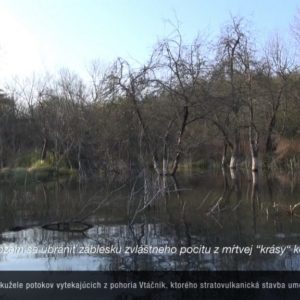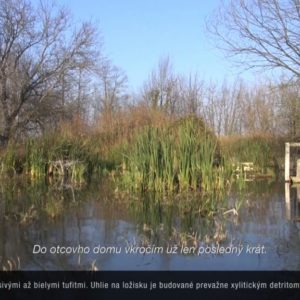(Sloven─Źina) Dorota Holubov├í – Adamove jablk├í
(Sloven─Źina) Kristi├ín N├ęmeth – Krehkos┼ą
(Sloven─Źina) SN├ŹVANIE O M├ÜZEU
(Sloven─Źina) Martina Chud├í – Prespanka
(Sloven─Źina) Ivana ┼á├ítekov├í – Neznesite─żn├í ┼ąa┼żkos┼ą bytia
(Sloven─Źina) BIELA KOCKA je doma! Na mieste ocenen├ęho projektu PRV├ë M├ÜZEUM INTERM├ëDI├Ź III. Ne┼żn├í sila!
(Sloven─Źina) Jan Kostaa – Trofeje
(Sloven─Źina) Tom├í┼í Rafa – ÔÇťMy body, my rules!ÔÇŁ
Anton ─îierny – With Kind Permission of My Father, 2014 ÔÇô 2019
Anton ─îierny – With Kind Permission of My Father, 2014 ÔÇô 2019
During 1990’s, the intermedia nature of the work of Anton ─îierny (1963) was defined by creating objects and installations made with emphasis on their site-specific nature. Approximately since the turn of the millennium, this intermedia framework substantially ÔÇťdematerialisedÔÇŁ, and the ÔÇťsite-specificÔÇŁ was redefined as ÔÇťcontext-sensitiveÔÇŁ. The main medium of the artist’s expression became personally carried out private or public performances recorded on video and participative pieces. His interest in locations as spaces where one is anchored (in social, geographical, cultural, political context) and his interaction with the locations became more evident. The artist’s performances specifically made for video recording are mainly classified by exploring location that is selected based on specifics, but perceived by the artist as a complex unit. Concentrating on the memory of a specific place also became key, and it unfolds through the exploration of the space in often adventurous manners (like sailing an amateur-made vessel or balloon flight). This activity enables the artist to comment on the status of his subject, but most of all, to underline the difference between the so-called general (official) history of the given place, and its memory mediated by an individual’s point of view, whose subjective memory and his voice are almost always threatened by extinction in the passing of time.
The work With Kind Permission of My Father (2014 ÔÇô 2019) communicates the nuances of the artist’s personal (family) bond with the location of the village Lask├ír in the region of Horn├í Nitra. By concentrating on the wider contexts of this location ÔÇô historical, but also those contexts that create its current appearance, he defines his identification with this place. This performance for video originates in a lineage of works where the artist progressed from mapping of private space and exploring his own identity and its factors, to works that refer to wider contexts ÔÇô his own connection (as a native, national, state resident) to the places of genius loci with history connected to manifestations of nationalism, antisemitism, or negative impacts of totalitarian regimes.
With Kind Permission of My Father is a variation on formulating a relationship to a specific location: an emphasis on the hard to grasp factor of fellowship or showing the reality that an individual with personal ties to a location often only has minimal possibilities to influence the development and changing face of that place. This is represented by the models of individual and collective features of pieces that the artist carefully selects depending on the content and context.
ÔÇťThis video is a reflection of a submerged village Lask├ír near Nov├íky that became the victim of┬á mining industry in this region of Slovakia. First, an evacuation of inhabitants took place, then its demolition, an finally, it became one of many ground drops of this area flooded with water. I pass places that I used to visit (father’s birth place and my grandmother’s house) on a vessel that I constructed. I am looking for the house, the garden and a park, where I used to play. This piece isn’t only about a lost place or identity, but also about┬á strategic and economic interests of the state ÔÇô hidden politics of power leaving devastated environment behind.ÔÇŁ This is the citation of the artist’s statement about this work.
Exhibition is supported using public funding by Slovak Arts Council.










